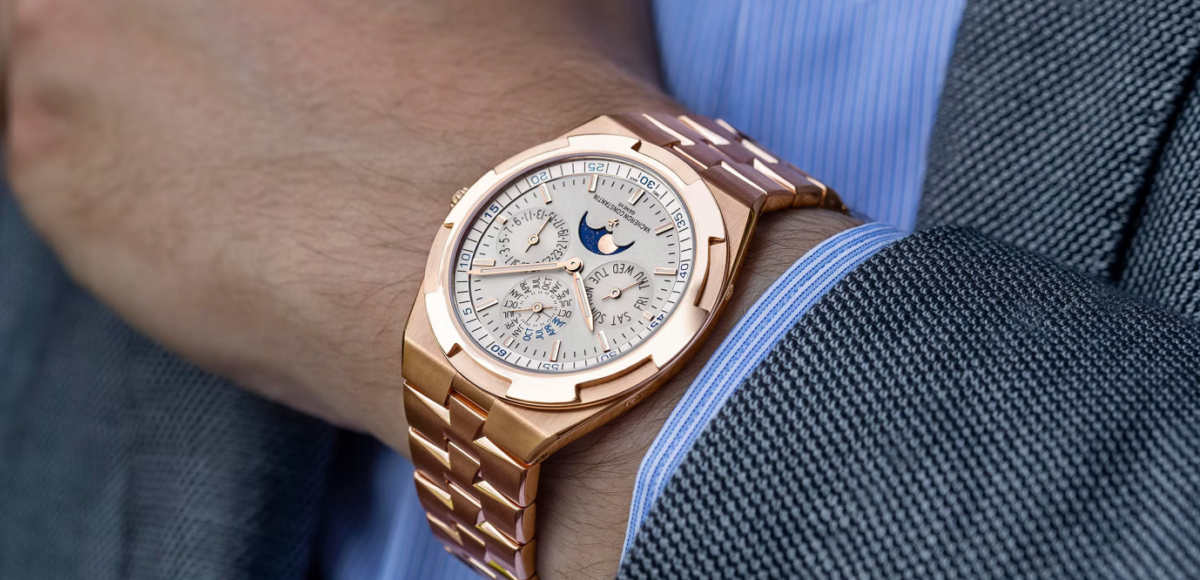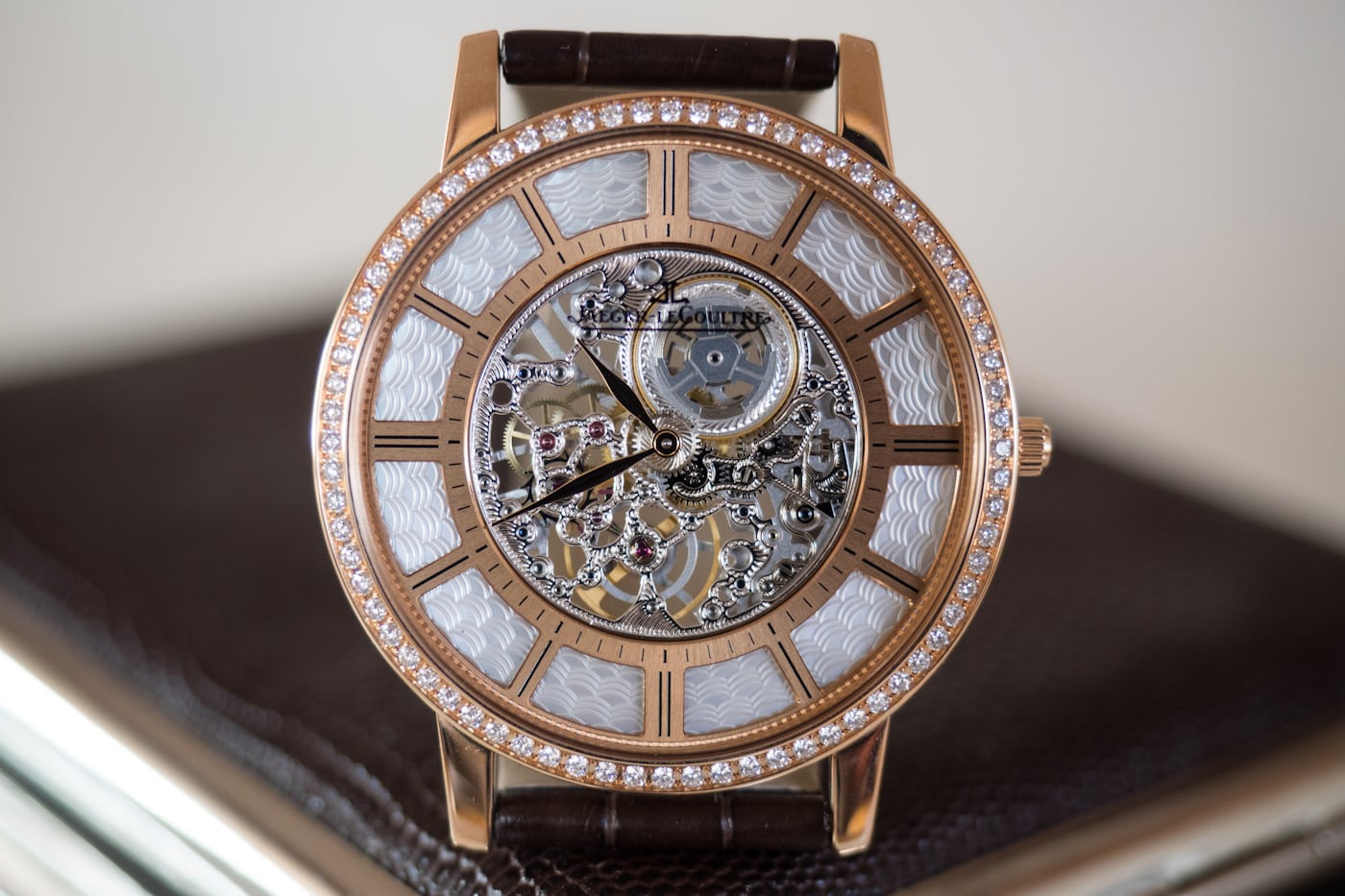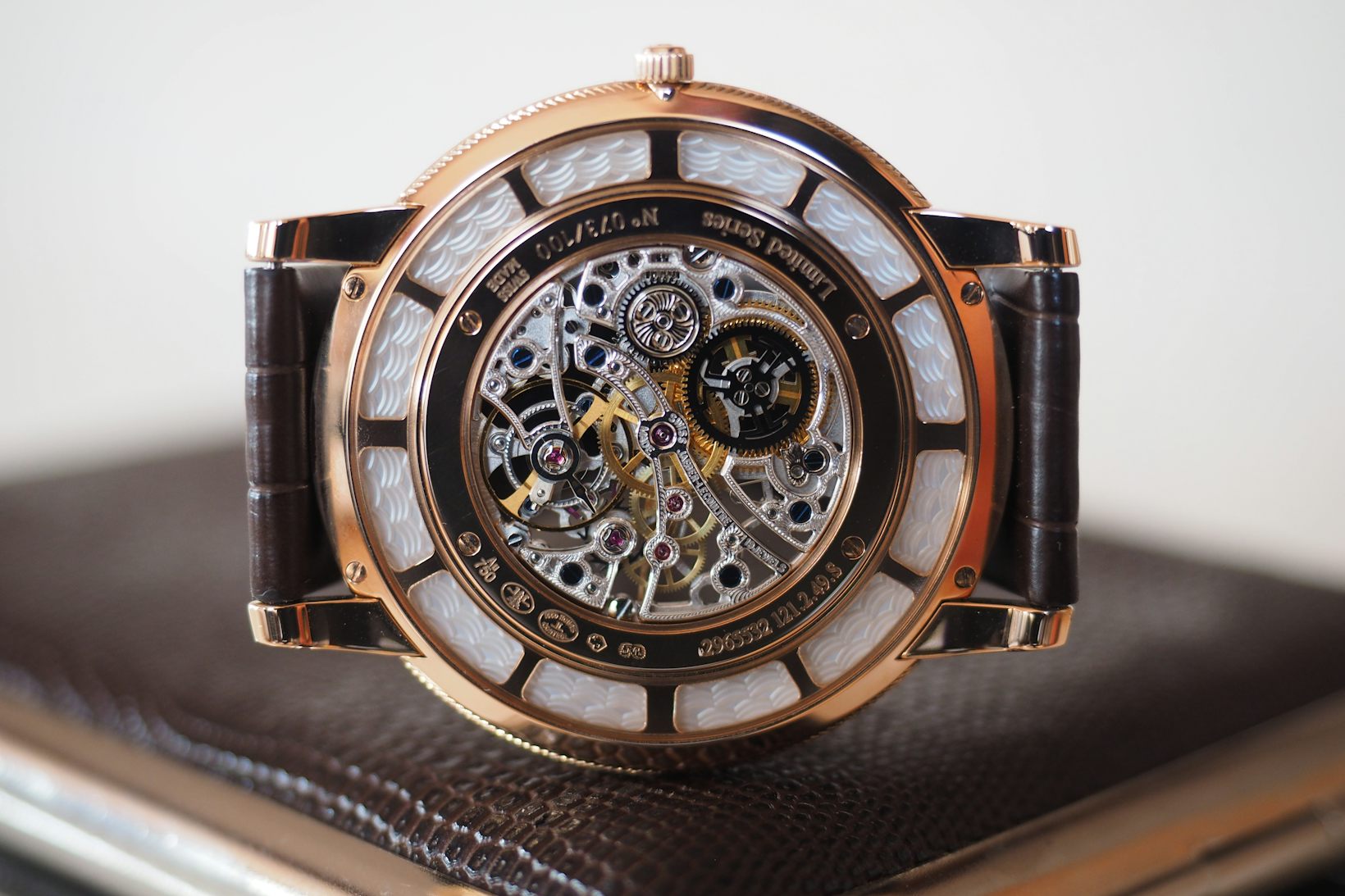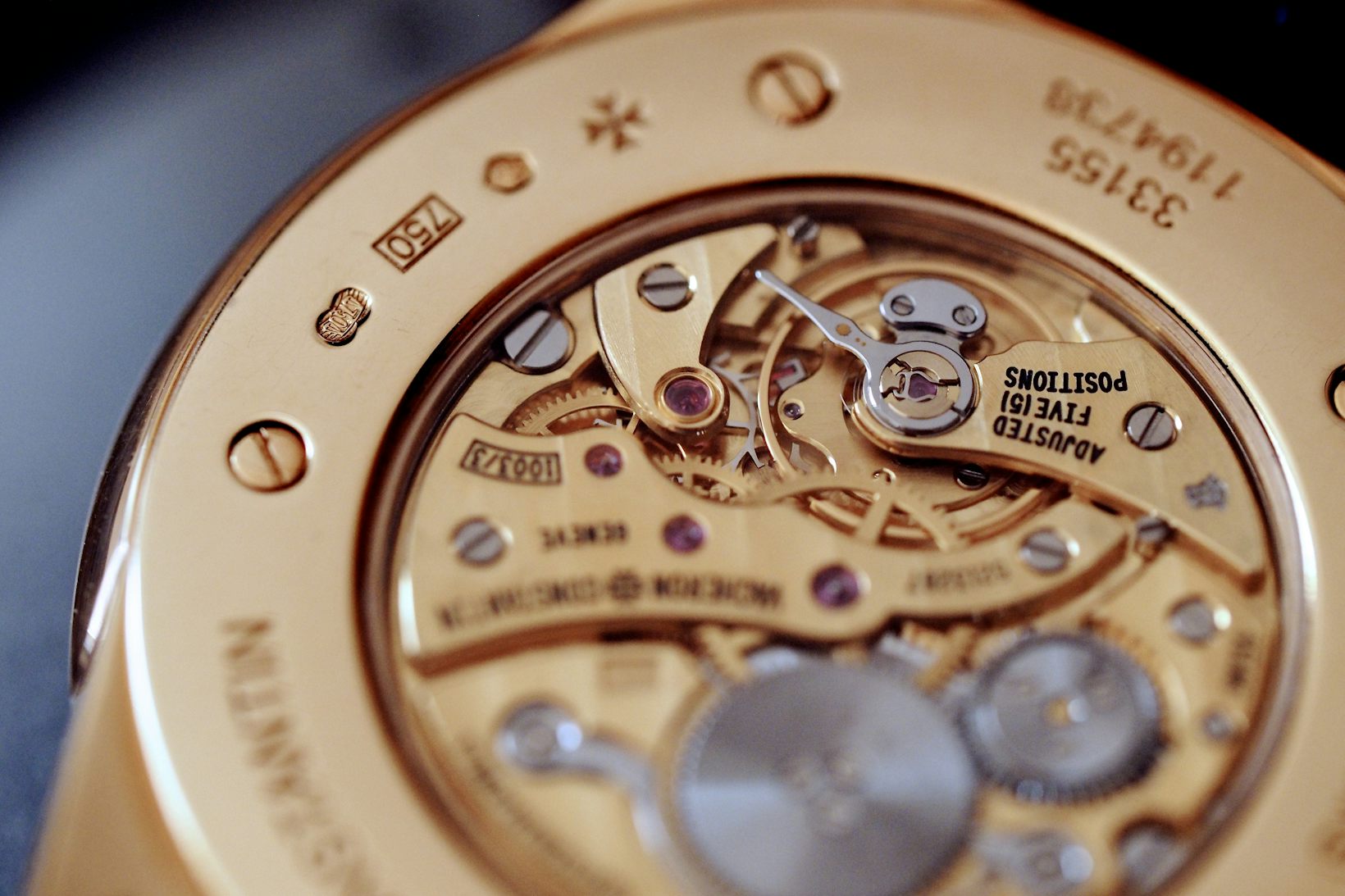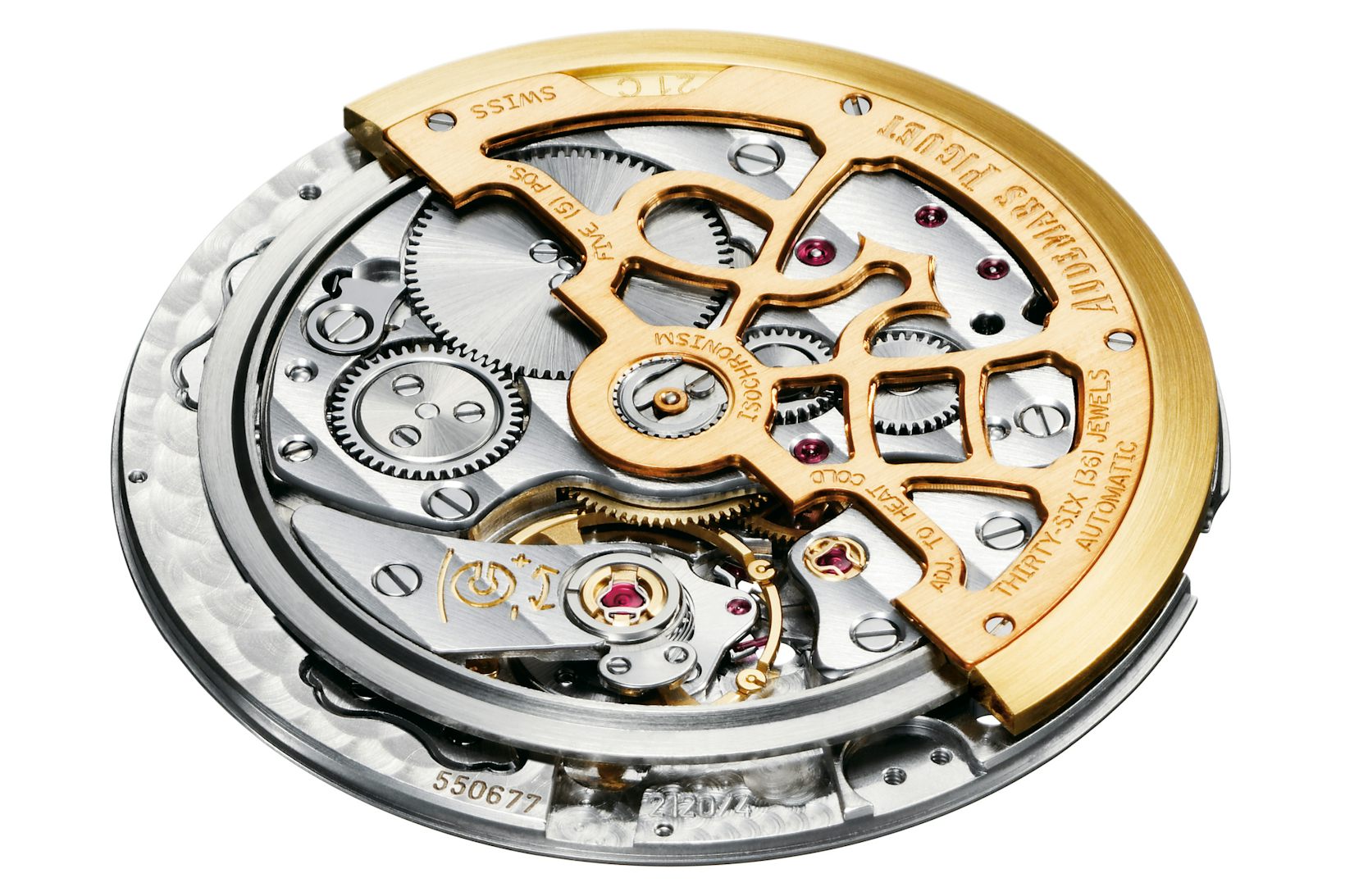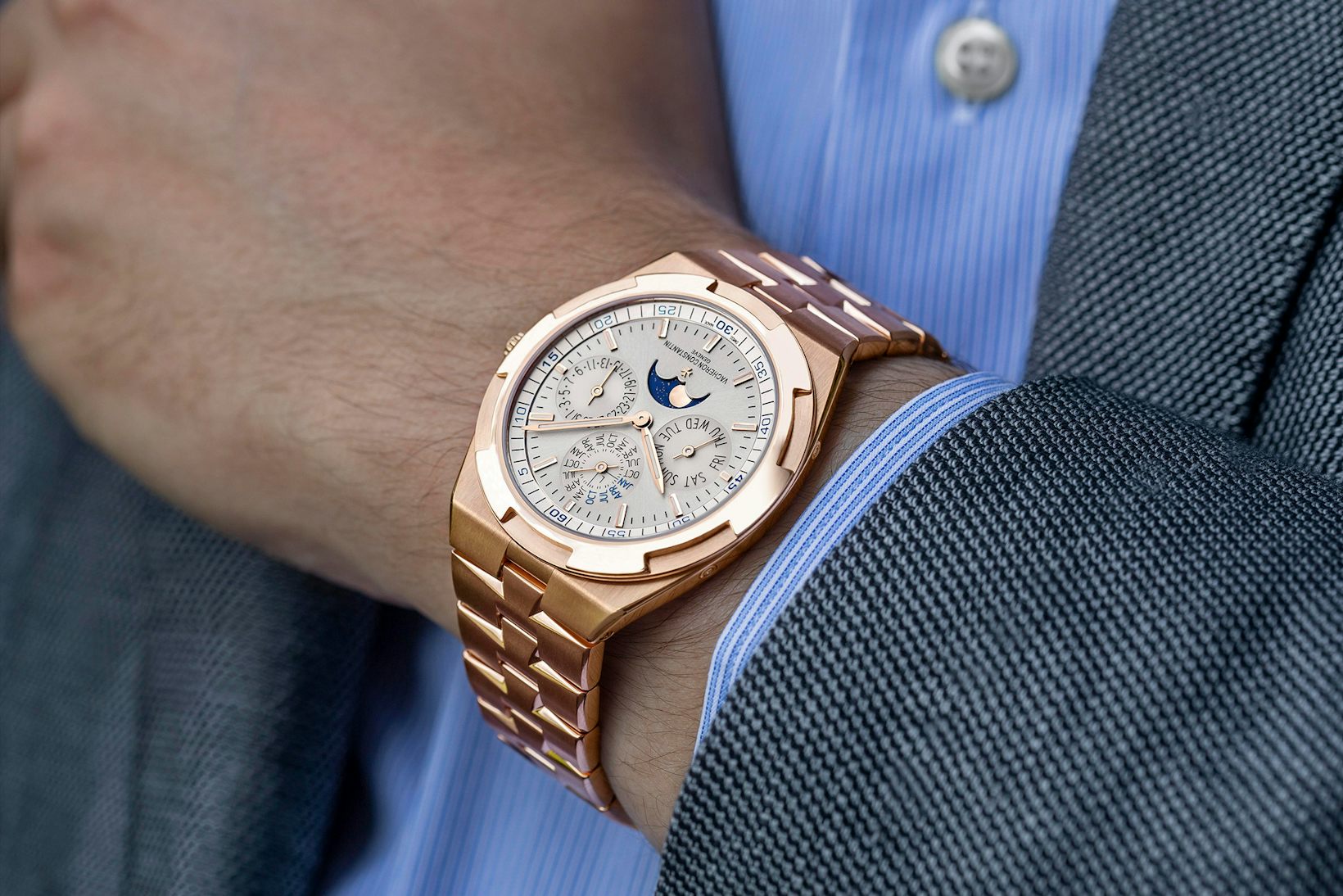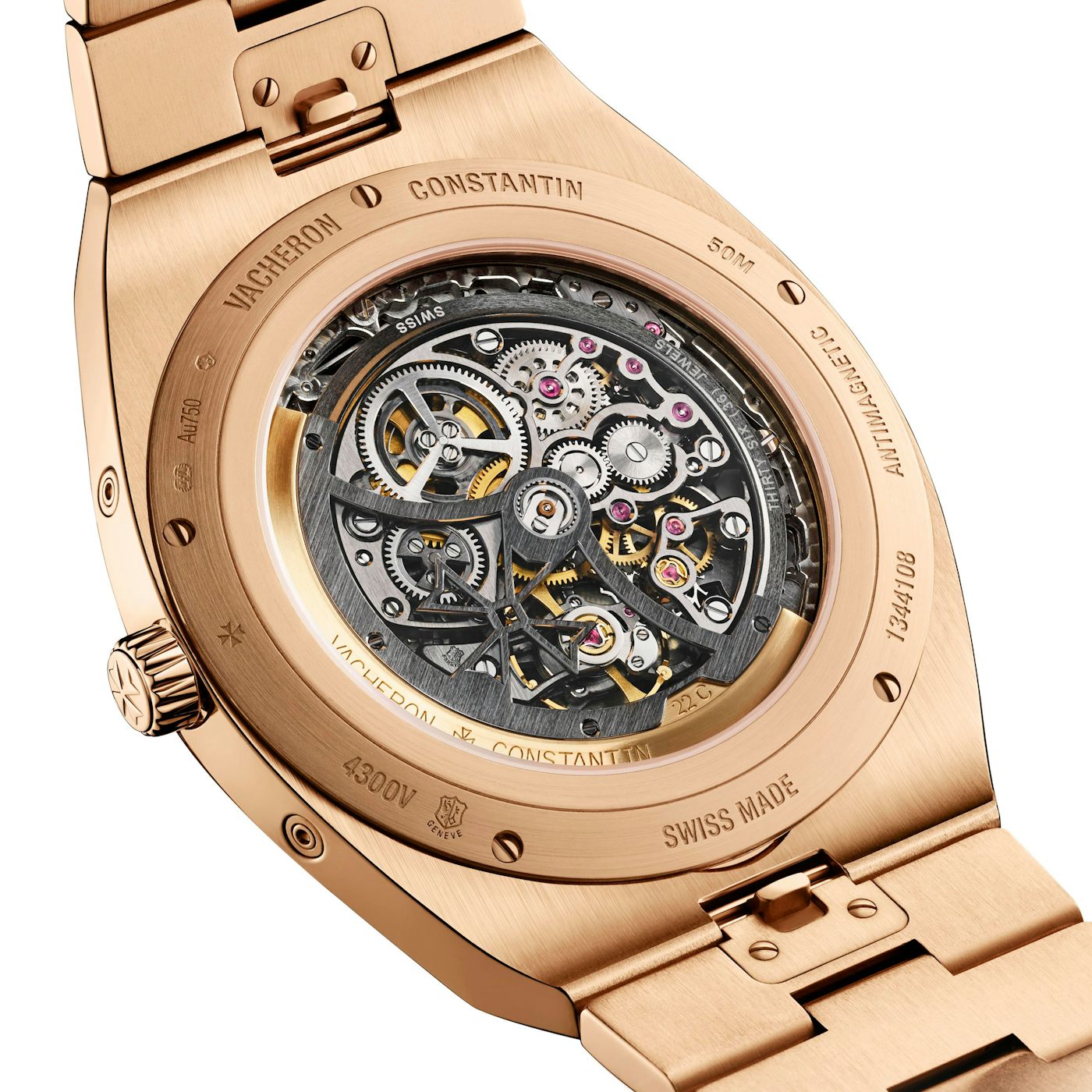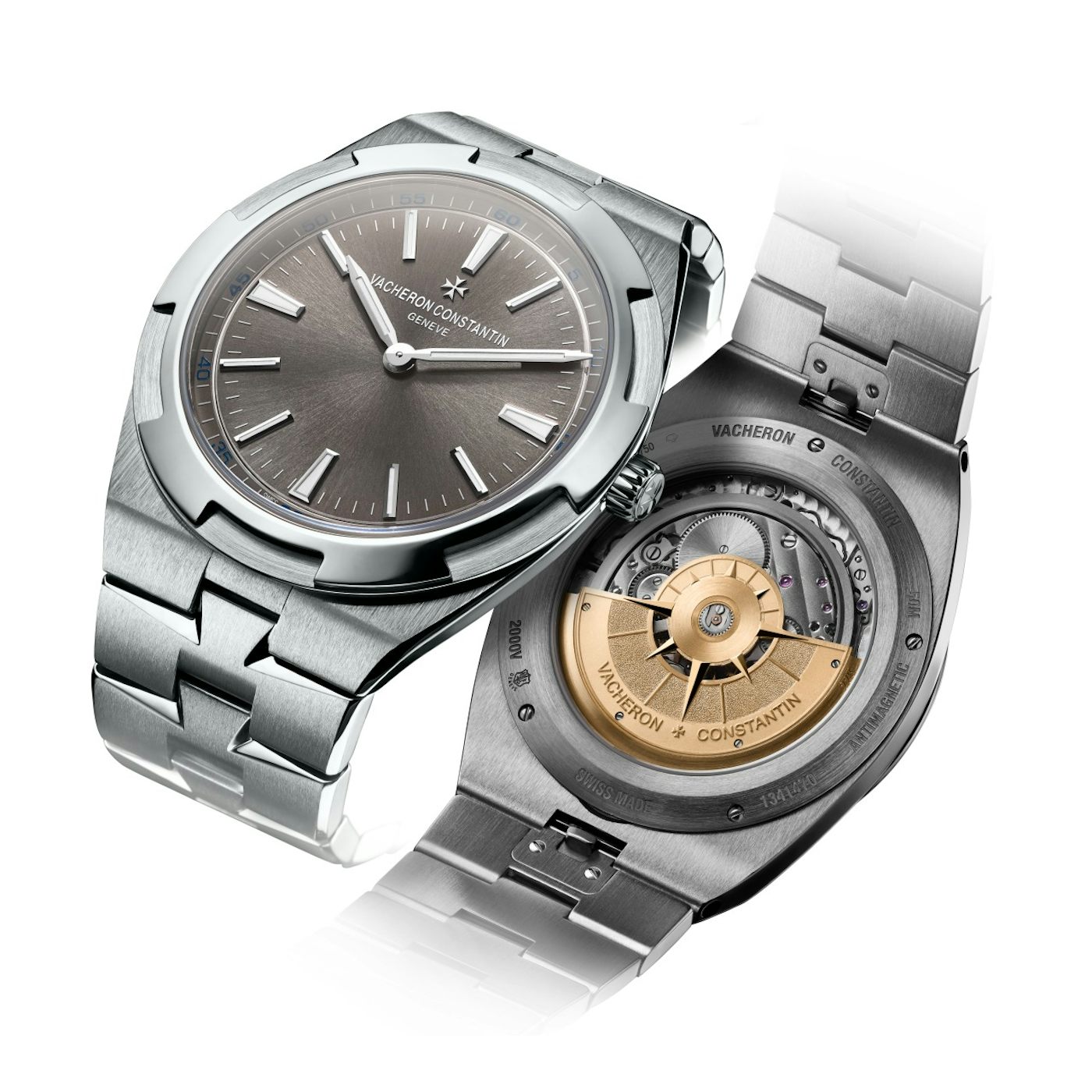In-Depth: How Vacheron Constantin Is Keeping Two Classic Movements From Vanishing Off The Face Of The Earth
Modern movement design is more reliable than ever. But does that mean the dumbing down of watchmaking, as well?
For much longer than I’ve been writing about watches, there have been two movements which stand alone. They are both ultra-thin, and they were both born at Jaeger-LeCoultre, and I’ve written about them, and the watches in which they are used, with the avidity of a young A. J. Liebling writing about drinking Burgundy in Paris for the first time in the 1920s (although not always with his lapidary clarity and disdain for hyperbole, if I’m honest).
I think the comparison occurs to me because as you get older you tend to unfavorably compare things to early passions and I wonder if I’m not about to do that now, because, like Liebling returning to Paris after the war and finding a beloved café a shadow of its former self, I am going to complain that they don’t make ’em like they used to.
I have always taken the position that while watch collecting is the essential expression of a passion for watches, collectors should bear in mind that without watchmaking there is no watch collecting at all. (The reverse is also true – without watch collecting watchmaking would wither away in short order). It follows that collectors should know something about movements, although “should” isn’t really relevant. I don’t love movements because anyone told me I should; for me it’s just where the magic is.
Nonetheless, if you aren’t interested in movements you’re probably missing out on some of the essential depth of watch collecting, in the same way that if you don’t know how a sauce soubise is made or what compression ratios are, you’re missing out on something essential in cooking or cars. Everyone has their favorites, of course, and in movements, two of mine have always been the Jaeger-LeCoultre caliber 849, and the Jaeger-LeCoultre caliber 920. The 849 is an ultra-thin hand-wound movement, 1.85mm thick, and the caliber 920, without date, is 2.45mm thick.
Both movements are old designs. The caliber 849 is from 1994, and is based on the caliber 839, which came out in 1975. The caliber 920 came out in 1967.
Here is what the numbers mean: the 849 is the world’s thinnest hand-wound mechanical watch movement, and the 920, the world’s thinnest full-rotor mechanical watch movement.
“The layout of the caliber 849 is eminently appealing, timeless, and functional.”
– WATCHMAKER AND WRITER JOHN DAVIS, REVIEWING THE MASTER ULTRA THIN, 2004
Both movements have been used by Vacheron Constantin, and the 920 has been used by Vacheron (as the caliber 1120 and its variants) and Audemars Piguet (as the caliber 2121 and its variants), as well as, briefly, Patek Philippe. Jaeger-LeCoultre has used the 849 but has never used the 920 in its own watches.
Both movements, despite the fact that they are world’s record holders, are constructed using pretty traditional watchmaking methods and materials – steel, brass, jewels; some beryllium alloys in the 920, and of course, Nivarox for the balance springs and Glucydur for the balances.
Where the real interest and ingenuity can be found is in how those materials are used. The caliber 849 uses an extensively modified escapement and balance, as well as a “hanging” mainspring barrel (supported only on one side) to reduce the height of the movement to its minimum, and the version of the 849 used by Vacheron as the caliber 1003 reduces the height even further, to just 1.64mm.
This probably represents something close to the practical limit for an ultra-thin, traditionally constructed hand-wound mechanical movement. And yet the movement gives up almost nothing in beauty of design. In 2004, writing for ThePuristS.com (in a review of the discontinued Jaeger-LeCoultre Master Ultra-Thin, no longer available online except through the Internet Wayback Machine), watchmaker John Davis said, “The layout of the caliber 849 is eminently appealing, timeless, and functional.” Since then, however, it has become very expensive to see – Jaeger-LeCoultre discontinued the steel Master Ultra-Thin years ago and the Vacheron caliber 1003 is available in exactly one watch – the Les Historiques Ultra-Fine 1955.
Jaeger-LeCoultre still uses the 849 but only rarely – most recently, in its Kingsman watch collaboration with Mr. Porter. That watch does not have a display back.
The caliber 920 was, until this year, used regularly by Audemars Piguet as the caliber 2121 in the Jumbo Royal Oak watches, beginning with the ref. 5402, in 1972, and ending with the ref. 15202. The movement was made by JLC until the early 2000s, when Audemars Piguet took over production in Le Brassus. The 920 was also used by Patek Philippe, as the caliber 28-255 and they used it in the first version of the Nautilus, in 1976.
“Inarguably, this caliber (920) is among the most beautiful wristwatch movements ever produced.”
– WALT ODETS, “THE MOST EXCLUSIVE AUTOMATIC,” TIMEZONE.COM, 2002
I think hand-wound movements have an inherent advantage over automatics when it comes to aesthetics. In a hand-wound movement you don’t have the additional visual clutter you get from the rotor and automatic winding system (a problem only partially addressed by micro and peripheral rotor designs).
But the 920/VC 1120 gets awfully close. As used by all the Big Three brands, it has always been immaculately finished – there has never been an even slightly down-market version of the caliber – and like the 849, it makes use of a number of original technical solutions. One of the most elegant is the system for supporting the rotor at its edge. The oscillating mass has a beryllium bronze ring running around the entire outer edge of the movement, which rides on four ruby rollers in the movement plate.
On the aesthetics of the 920, Walt Odets, writing for Timezone.com in 2002 was, as usual, there first and he had this to say: “No contemporary Swiss automatic, regardless of thinness, exhibits the refined – and expensive – construction of the 920. And, inarguably, this caliber is among the most beautiful wristwatch movements ever produced.”
The movement is now available only from Vacheron Constantin – until recently, in the Les Historiques Ultra-Fine 1968, which is no longer in the catalog. It’s still available in five other models (in different case metals, it’s a total of 15 watches) but the only time-only model available is the Traditionelle Self-Winding Ultra-Thin, which at 41mm x 7.26mm doesn’t quite have the old-school allure of the 5.4mm-thick Les Historiques 1968 (which had a 35mm wide square case). Vacheron confirmed to HODINKEE via email that the decision was made in 2016 to “dedicate the 1120 to become a base for our complicated models.”
Here is where I am of two minds. These are, at this point, unquestionably antiquated designs from a technical standpoint. The AP replacement for the 2121, the 7121, is undoubtedly more reliable and sturdy than the 2121, and as a recently developed movement it is also probably much easier to service, and less expensive and time-consuming to make.
I don’t think it’s as beautiful, though, and I miss the technical features of the 2120/21, as well. If you compare the two movements I don’t think there’s any doubt as to which one represents more traditional fine watchmaking content.
And I also don’t think it will matter very much, if at all, to the clients for the latest version of the Royal Oak, who are probably going to be very happy with the fact that the outgoing 15202 and the incoming 16202 are exactly the same, cosmetically.
Nonetheless, it’s sad to see the sun beginning to set on these two calibers. I have no idea how long the 849 will stay in production, nor whether or not Vacheron will continue to use both calibers. The range of watches in which they are used was never huge to begin with anyway, and I wonder if I’m not making a mountain out of a molehill. Something rare becoming more rare might not be the canary in the coal mine that it seems to me to be sometimes, and Vacheron’s commitment to the 1120 seems pretty solid, for now.
But I worry, in the same way you’d worry visiting a beloved grandparent who seems hale enough but is pushing ninety. Extinction isn’t always heralded by an earth-shattering kaboom and a fire in the sky. Sometimes it happens quietly, and when no one’s looking – as Joni Mitchell sang, you don’t know what you’ve got ’till it’s gone.
Get More Articles Like This in Your Inbox
We're constantly creating great content like this. So, why not get it delivered directly to your inbox? By subscribing you agree to our Privacy Policy but you can unsubscribe at any time.





